Imagine coming home to find your adorable Maltese has turned your living room into a disaster zone—chewed pillows, scratched doors, and that heartbreaking whine echoing in your mind. If this sounds familiar, your furry friend might be battling separation anxiety, a common issue in this affectionate breed. But don’t worry; understanding the signs and implementing effective solutions can transform your pup into a calmer, happier companion, strengthening your bond like never before.
Understanding Separation Anxiety in Dogs
Separation anxiety in dogs is more than just a case of missing their owners; it’s a genuine distress response that can affect any breed, but some, like the Maltese, seem particularly susceptible. This condition occurs when a dog becomes overly attached to their human family and experiences extreme stress when left alone. It’s not about being spoiled or poorly trained—it’s often rooted in fear and insecurity.
For Maltese owners, recognizing this isn’t just helpful; it’s essential for your dog’s well-being. These little white fluffballs are known for their loving nature, but that same trait can make solitude unbearable for them. Think of it as a child’s first day at school—nerves, tears, and a longing for familiarity. In dogs, this manifests in behaviors that can disrupt your home and your heart.
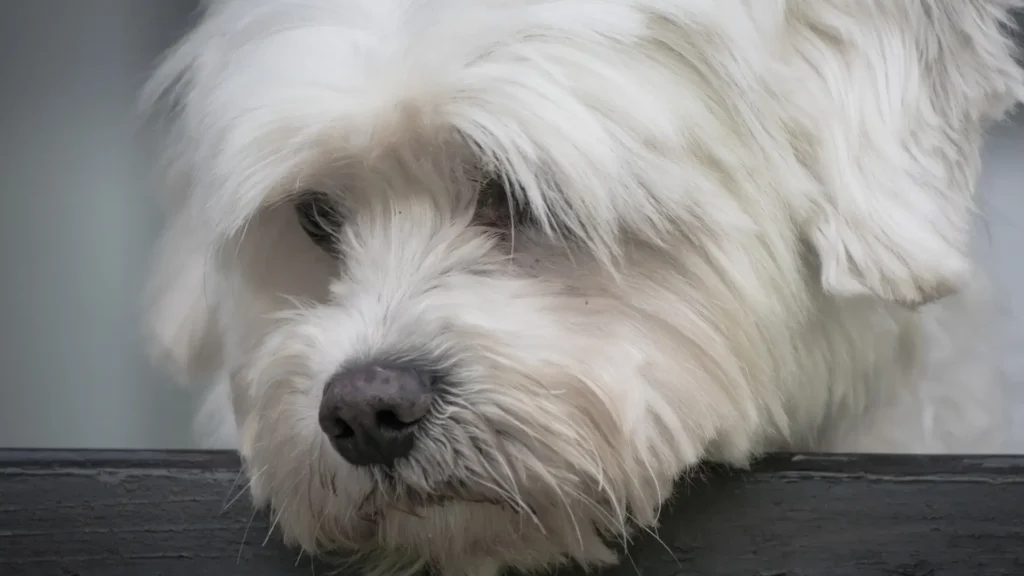
Experts from veterinary associations like the American Veterinary Medical Association (AVMA) describe separation anxiety as a behavioral disorder. It’s estimated that up to 14% of dogs in the United States show signs of this issue, though the number could be higher since many cases go undiagnosed. For Maltese, their small size and companion-dog history amplify the problem. Bred as lap dogs for centuries, they’re wired to be by your side, making alone time a challenge.
But why does this happen? Factors like genetics, early life experiences, and even changes in routine can trigger it. A Maltese puppy separated too early from its litter or one that’s experienced trauma might develop these anxieties. Even well-adjusted dogs can start showing symptoms after a move, a new family member, or a shift in your work schedule. Understanding these roots helps us empathize and address the issue effectively.
Why Maltese Dogs Are Prone to Separation Anxiety
The Maltese breed, with its silky white coat and expressive eyes, has been a favorite companion for over 2,000 years, originating from the Mediterranean island of Malta. Historically, these dogs were pampered by royalty and nobility, rarely left alone. This background has shaped their temperament—they thrive on human interaction and can feel lost without it.
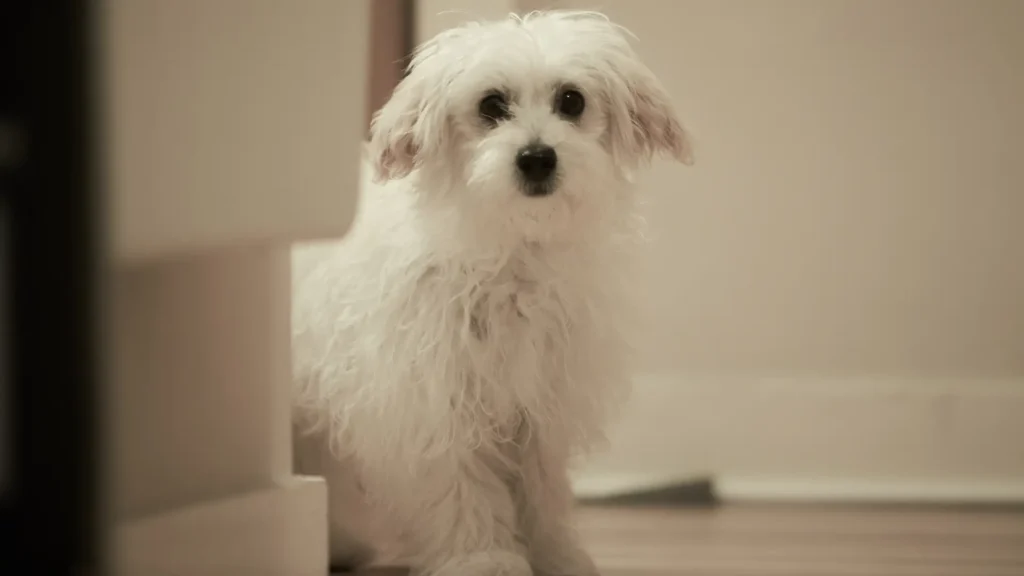
One key reason Maltese are prone to separation anxiety is their strong attachment style. They’re often called “Velcro dogs” because they stick to their owners like glue. This isn’t a flaw; it’s a feature of the breed. However, in our modern lives where we leave for work or errands, this trait can lead to distress.
Size plays a role too. As toy breeds, Maltese are more likely to be carried around and babied, which can inadvertently foster dependency. Studies from animal behaviorists indicate that small dogs like Maltese have higher rates of anxiety disorders compared to larger breeds. Their petite stature makes them more vulnerable to feeling insecure in a big world.
Additionally, Maltese have a sensitive disposition. Loud noises, sudden changes, or even the absence of their favorite person can trigger anxiety. If you’ve ever noticed your Maltese trembling during a thunderstorm or hiding when guests arrive, that’s a clue to their emotional sensitivity. This breed’s high energy in social settings contrasts sharply with their unease in isolation, making separation a perfect storm for anxiety.

Environmental factors compound this. Urban living with its hustle and bustle can overwhelm a Maltese, and if they’re not properly socialized as puppies, alone time becomes terrifying. Owners who work long hours might unknowingly exacerbate the issue by not providing enough mental stimulation or gradual independence training.
It’s worth noting that not every Maltese will develop separation anxiety. Genetics, upbringing, and individual personality all play parts. But for those that do, it’s a breed-specific challenge that requires tailored approaches, which we’ll explore later.
Recognizing the Signs of Separation Anxiety in Maltese
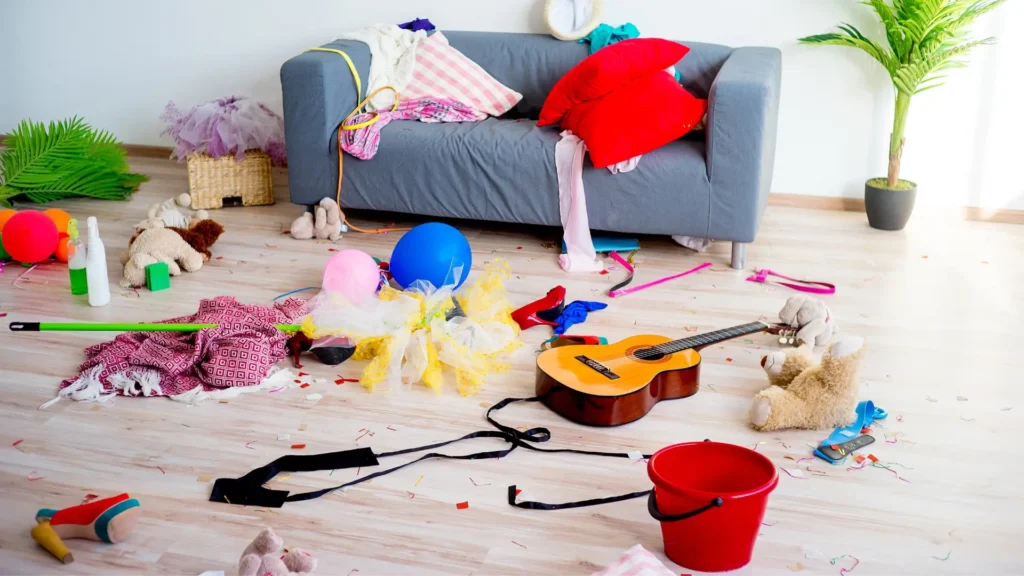
Spotting separation anxiety early can make all the difference in managing it. Maltese dogs express their distress in various ways, and it’s crucial to distinguish these from normal behaviors. Let’s break down the common signs, so you can identify if your pup is struggling.
Behavioral Signs
One of the most obvious indicators is destructive behavior. Your Maltese might chew on furniture, shoes, or door frames, but only when you’re away. This isn’t mischief; it’s a stress-relief mechanism. I’ve heard from many owners who return to find their living room in shambles, with their little dog looking guilty but relieved to see them.
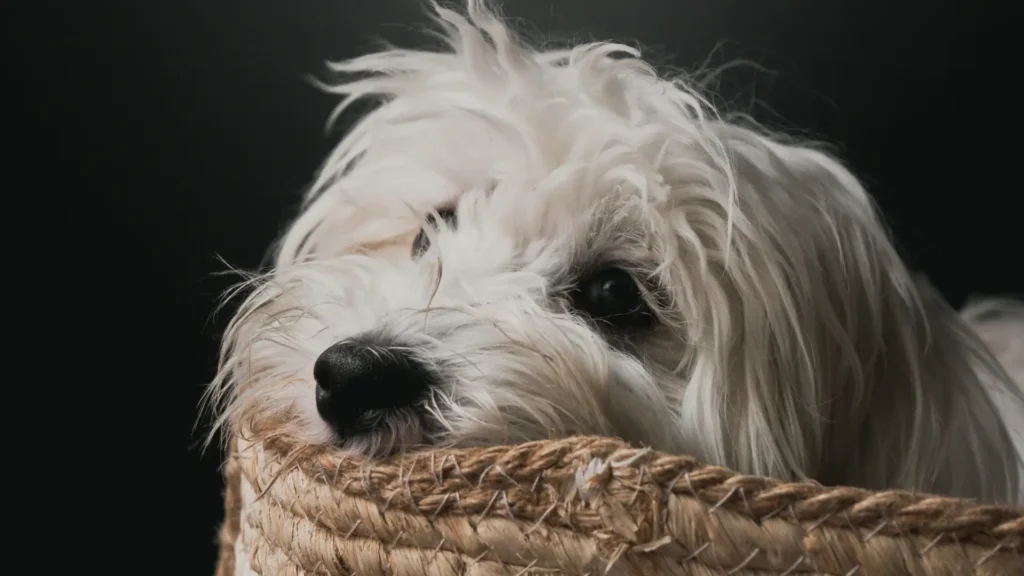
Excessive vocalization is another red flag. Barking, howling, or whining that starts as soon as you leave and continues until you return. Neighbors might complain, or you could capture it on a pet camera. For Maltese, their high-pitched barks can be particularly piercing, signaling deep distress.
Pacing or restlessness before you leave is common too. If your dog follows you obsessively as you prepare to go out, that’s a clue. They might try to block the door or exhibit frantic energy, showing they’re anticipating the separation.
Physical Signs
On the physical side, house soiling despite being house-trained is a big sign. A Maltese with separation anxiety might urinate or defecate indoors only when alone, not out of spite but because anxiety overrides their training.
Excessive drooling, panting, or shaking can occur. These are physiological responses to stress, similar to human panic attacks. If your dog is fine when you’re home but shows these symptoms upon your departure, anxiety is likely the culprit.
Attempts to escape are dangerous signs. Scratching at doors, digging at carpets, or even jumping from windows in extreme cases. Maltese, being small, can injure themselves in these efforts, so it’s vital to address this promptly.
Emotional Signs
Emotionally, your Maltese might display depression-like symptoms when you’re gone, such as loss of appetite or disinterest in toys. Upon your return, they could be overly excited, almost manic, which is a rebound from their anxiety.
Keep in mind, these signs must be context-specific. If they only happen when alone, it’s separation anxiety. If they occur in other situations, it might be general anxiety or another issue. Observing patterns is key—maybe keep a journal of behaviors to share with your vet.
In my experience talking to Maltese owners, many initially mistake these signs for boredom or naughtiness. But once they realize it’s anxiety, they can start helping their dogs feel more secure.
Diagnosing Separation Anxiety in Your Maltese
Diagnosis isn’t always straightforward, as symptoms can mimic other conditions like medical issues or boredom. The first step is ruling out physical health problems. A trip to the vet is essential—urinary tract infections, for example, could cause house soiling, mimicking anxiety.

Once medical causes are eliminated, behavioral assessment comes next. Veterinarians or certified animal behaviorists use criteria from sources like the DSM for dogs (adapted from human psychology) to diagnose. They look for behaviors that occur exclusively or primarily when the dog is separated from attachment figures.
Tools like video recording your dog’s behavior when alone can be invaluable. Set up a camera and observe—does the distress start immediately after you leave? How long does it last? This evidence helps professionals make an accurate diagnosis.
For Maltese, breed-specific traits are considered. Their tendency for attachment makes false positives less likely, but experts will differentiate from similar issues like isolation distress (fear of being alone regardless of who) versus true separation anxiety (specific to certain people).
If you’re unsure, consult a professional early. Misdiagnosis can lead to ineffective treatments, prolonging your dog’s suffering. Remember, early intervention often yields the best results.
Effective Solutions and Training Tips for Maltese Separation Anxiety
Now that we’ve covered the signs and diagnosis, let’s dive into solutions. The good news is that with patience and consistency, most Maltese can overcome or manage separation anxiety. We’ll explore a range of strategies, from training techniques to lifestyle changes.
Desensitization and Counterconditioning
These are cornerstone techniques recommended by behaviorists. Desensitization involves gradually exposing your Maltese to being alone in small, manageable increments. Start with just a few seconds of separation, then build up to minutes and hours.
For example, practice leaving the room while your dog is calm, returning before they get anxious. Reward calm behavior with treats or praise. Counterconditioning pairs the scary situation (you leaving) with something positive, like a stuffed Kong toy filled with peanut butter.
Consistency is key—do this daily, and track progress. Many owners see improvements within weeks, but it can take months for severe cases.
Creating a Safe Space
Set up a comfortable area where your Maltese feels secure when alone. This could be a crate (if they’re crate-trained) or a gated room with their bed, toys, and water. Make it inviting with familiar scents, like an old t-shirt of yours.
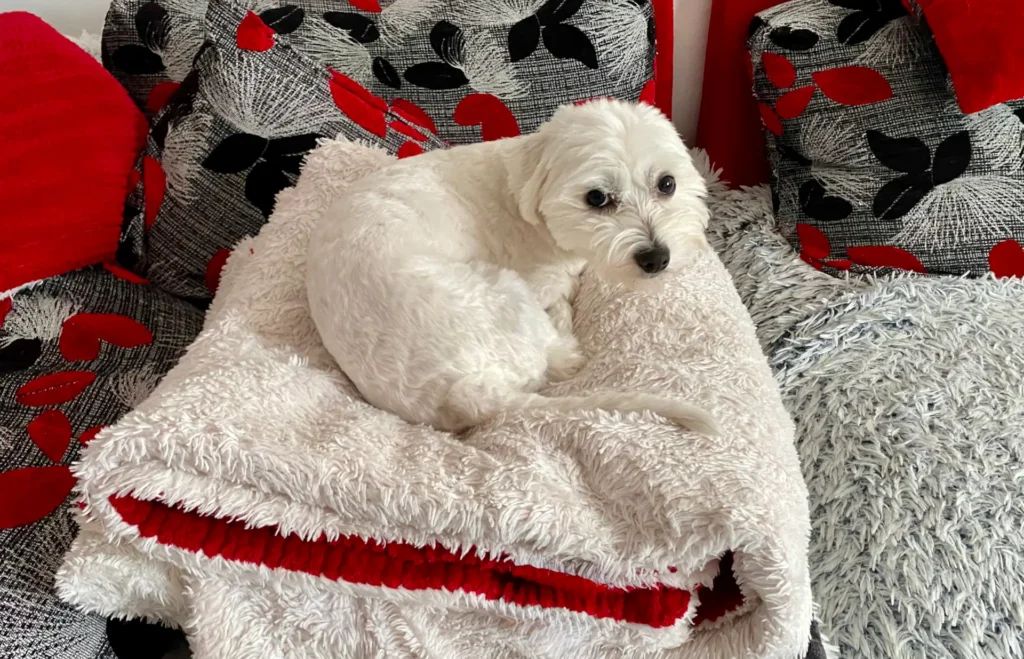
Avoid making a big fuss when leaving or returning. Keep departures low-key to reduce anticipation anxiety. Upon return, wait until your dog is calm before greeting them enthusiastically.
Exercise and Mental Stimulation
A tired dog is a calmer dog. Ensure your Maltese gets plenty of physical activity—short walks, play sessions, or even agility games suited to their size. Mental stimulation through puzzle toys or training exercises can also tire them out, reducing anxiety.
Incorporate obedience training to build confidence. Teaching commands like “stay” or “go to bed” empowers your dog and strengthens your bond.
Natural Remedies and Supplements
For milder cases, natural options like calming pheromone diffusers (e.g., Adaptil) can mimic a mother’s comforting scent. Herbal supplements with chamomile or valerian root might help, but consult your vet first to ensure safety for your Maltese.
ThunderShirts or anxiety wraps provide gentle pressure, like a hug, which can soothe some dogs.
Medication as a Last Resort
In severe cases, your vet might prescribe anti-anxiety medication like fluoxetine. This isn’t a cure but can facilitate training by reducing the dog’s fear threshold. Always combine with behavioral therapy for best results.

Remember, every Maltese is unique, so what works for one might not for another. Trial and error, guided by professionals, is often necessary.
Preventive Measures for Maltese Separation Anxiety
Prevention is better than cure, especially with a breed like the Maltese. Start early—puppyhood is the ideal time to foster independence.
Socialize your Maltese pup with various people, places, and situations. This builds resilience and reduces fear of novelty. Gradually introduce alone time, starting with short absences.
Avoid over-coddling. While it’s tempting to carry your tiny Maltese everywhere, encourage some self-reliance. Provide toys for independent play and reward calm behavior when not the center of attention.
Maintain a stable routine. Dogs thrive on predictability, so consistent feeding, walking, and bedtime schedules can prevent anxiety triggers.
If you’re adopting an older Maltese, inquire about their history. Dogs from shelters might have abandonment issues, so extra patience is needed.
Regular vet check-ups ensure any emerging issues are caught early. And don’t forget the power of positive reinforcement—it’s the foundation of a confident, anxiety-free dog.
When to Seek Professional Help
If home remedies aren’t cutting it, or if your Maltese’s anxiety is severe (e.g., self-harm attempts), it’s time for pros. A veterinary behaviorist or certified dog trainer specializing in anxiety can provide personalized plans.

Look for certifications like CPDT (Certified Professional Dog Trainer) or DACVB (Diplomate of the American College of Veterinary Behaviorists). They might use advanced techniques like cognitive behavioral therapy adapted for dogs.
In some cases, group classes or doggy daycare can help by providing social outlets, reducing the sting of separation.
Don’t hesitate—professional help can be a game-changer, turning a stressed pup into a content one.
Conclusion
Dealing with Maltese separation anxiety can be challenging, but with understanding, patience, and the right strategies, you can help your furry friend lead a happier, more relaxed life. Remember, this breed’s loving nature is what makes them special, and by addressing their anxieties, you’re nurturing that bond. Whether through training, lifestyle tweaks, or professional guidance, the effort you put in will be rewarded with a calmer dog and a more harmonious home. Your Maltese deserves to feel secure, even when you’re not around—start implementing these tips today for a brighter tomorrow together.
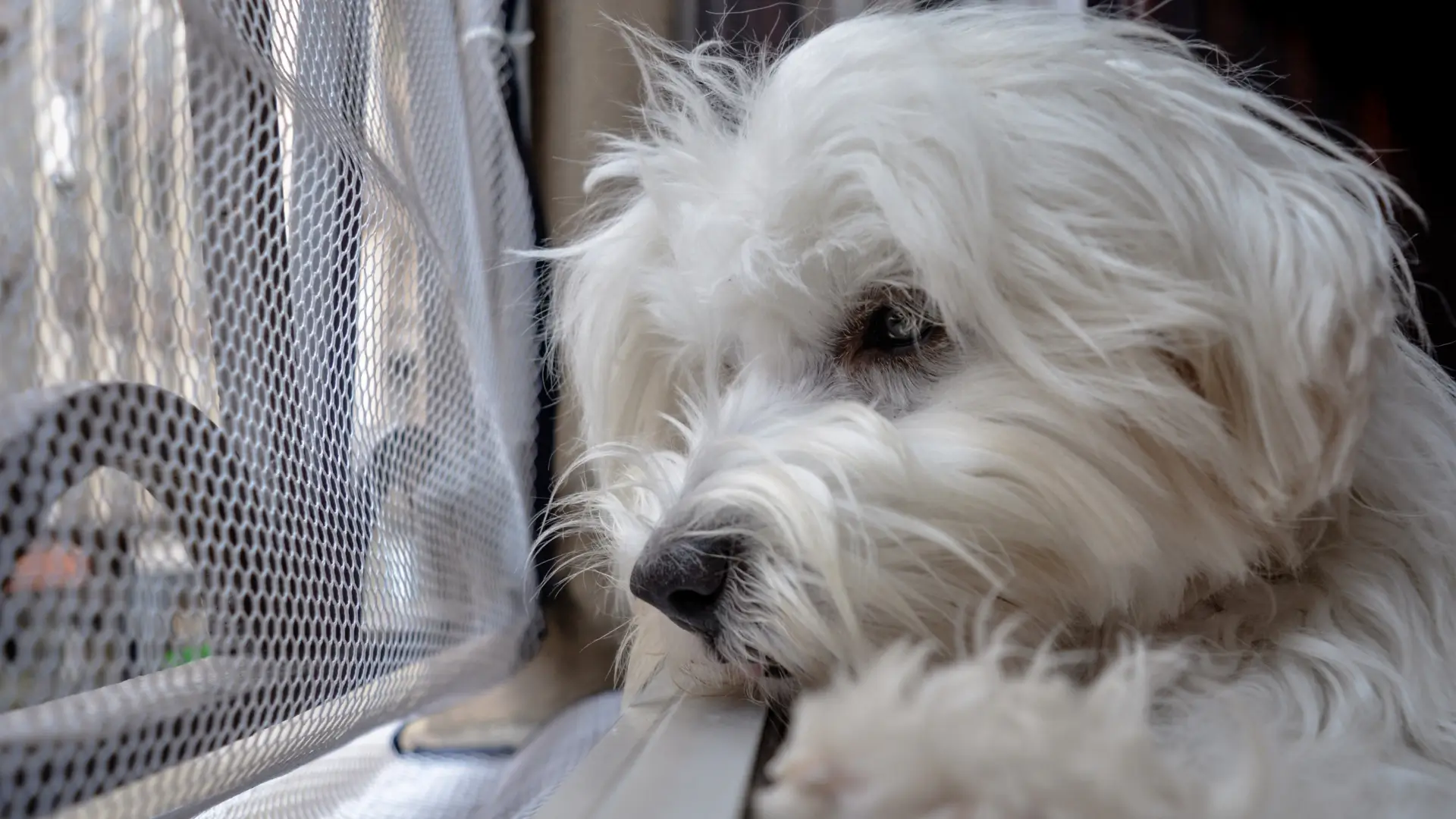
Leave a Reply